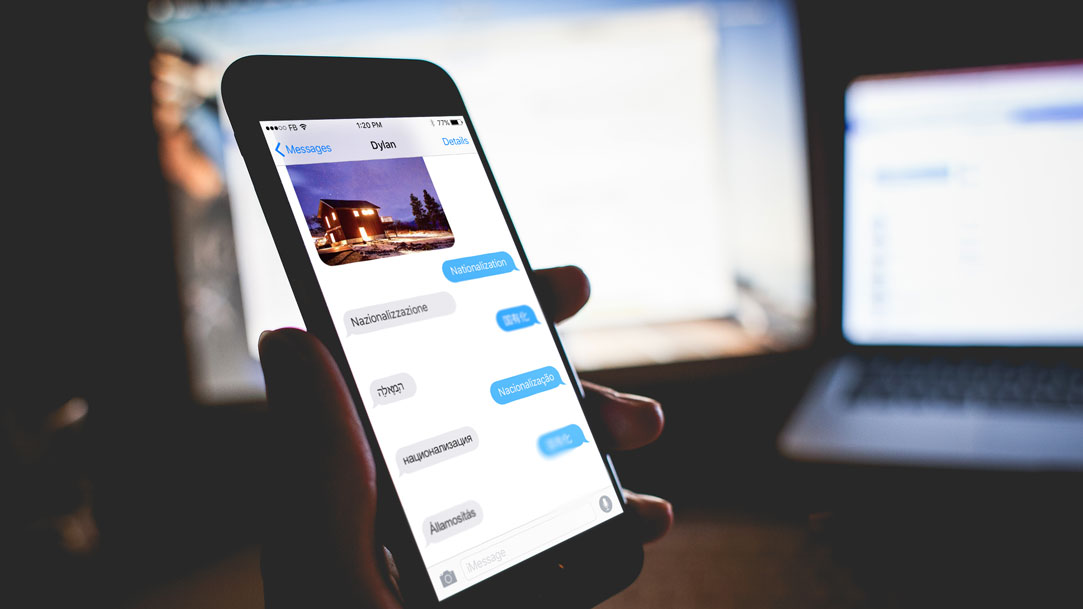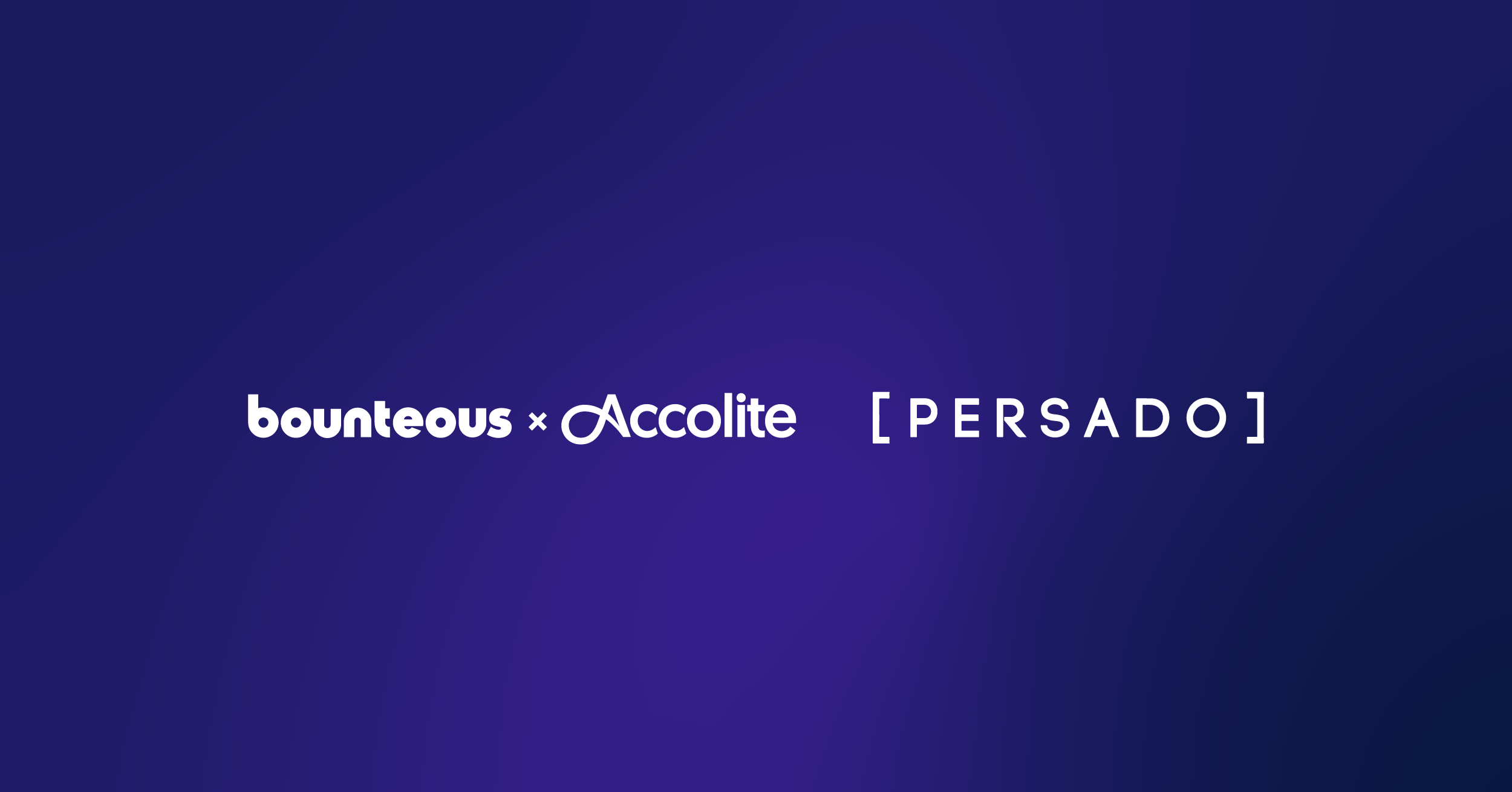A Designer’s Approach to Localization in Eight Foolproof Steps

Availability, adaptability, and lucidity are key goals for any designer. Nothing is more rewarding than the ability to create a digital experience that transcends cultural, linguistic, and societal boundaries. As such, one of the most exciting challenges is to design a system that is able to scale and be accessed across multiple regions, countries, and languages. Equally as exhilarating is the opportunity to transform an already-existing system experience and localize it for a specific group of people outside of its originally intended audience. This, however, is no petty task and can be a daunting assignment for teams who haven’t experienced the process before. How does a designer begin to understand all of the cultural differences? How do you guarantee that your website or app will work as intended in a different language, or several languages for that matter? Is it even possible?
The bad news is probably what you already suspect: Each project is unique and presents its own set of challenges. The good news, however, is that there are a series of foolproof questions that designers can ask in order to identify the localization requirements for their design, and more importantly, identify the questions that still need to be answered. This approach helps mitigate the risk of not knowing what we don’t know before our work even begins.
Once you have a defined product and business goals in hand and before kicking off the design phase, it’s important to create a localization checklist. No matter if it’s a change to a current system or a brand new one, the checklist is a vital step-by-step approach that is used as a framework to evaluate how well the digital experience is already localized for users in a particular market. It’s also a surefire way to assure that all cultural differences are neatly accounted for and captured.
Localization Checklist
- Identify the scope of the artifact or artifacts that you are creating or evaluating. For example, is the experience a website, an app, or both? This may seem like an obvious question, but by identifying the evaluation scope early, you ultimately save time, money, and heartache later.
- Identify the business goals. For each artifact you’re working on, what is the purpose of the experience? How are you measuring success? Like any other design project, designers should understand the business context of the solution.
- Identify the humans who will interact with your artifact(s). What are the characteristics of these populations? How many types of populations are there? What are the demographic or technographic trends?
- Identify the places where the artifact is being evaluated. Where are the users physically located? How many regions and countries are they in?
- Per country, identify the language or languages that are in use, both spoken and written. How many official or unofficial languages are there? What scripts are typically used in those languages?
- Create a Localization Protocol that makes sense for your project. This includes creating a list of all of the factors that should be used to evaluate your design and should include the following categories:
- Visual Design: Evaluate to make sure that the design is using appropriate colors, images, icons, and symbols.
- Typography: Include criteria around the direction of reading for words and numbers, language density, and local character input.
- Language and terminology: Include criteria around sort orders, appropriate languages, dialects, spelling variations, and writing tone.
- Industry or region-related localization: Include appropriate social media links, references, and culturally appropriate mascots.
- Numbers: Focus on criteria for currency name, abbreviation, symbols, and format of decimals; determine if dates, times, telephone numbers, and measurements are correct.
- Content: Eliminate idioms, puns, colloquialisms, abbreviations, and metaphors; research cultural taboos; and verify any other differences between each location, including pricing, accents, and hours.
- Technology: Understand mobile penetration, device adoption, and average internet connection speeds.
- Once you’ve created your Localization Protocol per country and per artifact, methodically go through your Localization Protocol document and evaluate whether the artifact meets the guideline criteria. If you’re in the middle of a new design, simply make updates, but if your primary task is to evaluate an existing design, I recommend keeping your evaluation notes in a spreadsheet, with the screenshots captured and stored elsewhere. In addition, you may want to add a Relative Importance multiplier to your evaluation, based on your business goals.
- Lastly, create a summary reporting on your findings. If you’re evaluating your own design, this could be as simple as a list of items that you want to change. For more formal engagements, your report should include an executive summary, methodology, results, and conclusion with next steps.


